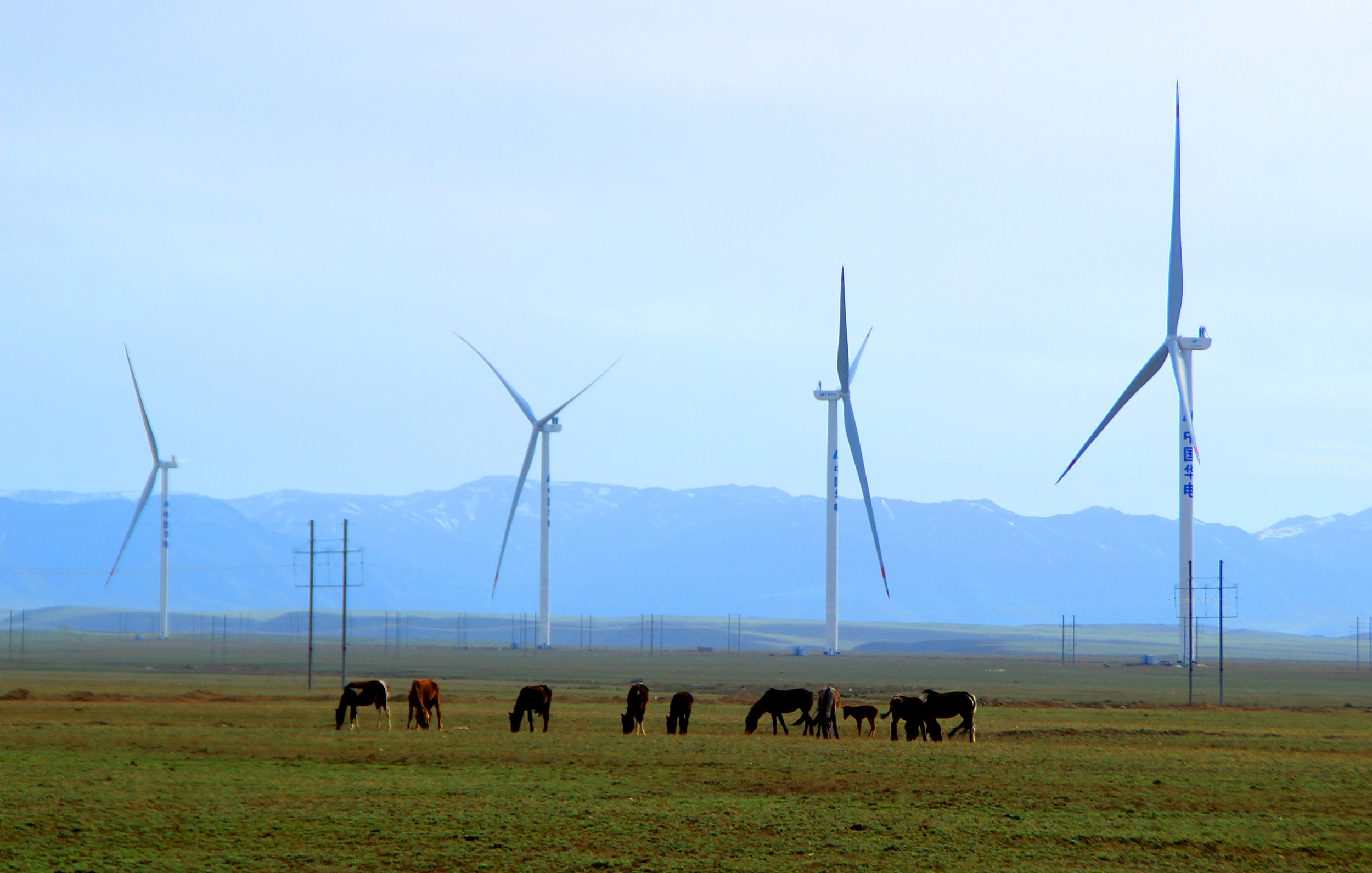
An expanse of wind turbines at the Laofengkou wind?farm in Tacheng region, Xinjiang Uygur autonomous region. (PHOTO: VCG)
By CHEN Chunyou
The Laofengkou-Mayitasi wind zone in northwest China, commonly known as the devil wind area, is one of the world's largest wind disaster areas. Every year, the zone is buffeted by 8 gale force weather conditions almost half the year.
Tacheng region, located in this zone, abounds with wind resources. However, in the past, these resources were not utilized and there were no wind turbine manufacturers in the region.
The winds of change came in December 2020, when the State Council approved of a key pilot zone for development and opening up in Tacheng to promote urbanization of the border region and serve as an important window for cooperation with countries in Central Asia. Tacheng consequently embarked on a fast track of development.
The local economy mainly relies on agriculture and animal husbandry and the local governments and residents have long tried to diversify the industries. Recently, the area's wind advantages have begun to be turned into economic advantages.
New factories are coming up in the pilot zone, making the once desolate surroundings hum with activities. More than 60 enterprises have signed agreements to operate from the pilot zone and several wind turbine and tower barrel manufacturing projects are already in operation. They include Sany Tacheng Wind Power Equipment Co. and the Tacheng branch of China Water Resources and Hydropower Fourth Engineering Bureau Co.
Sany is among the first batch of enterprises to settle down in the zone, aiming for the vast consumption market in Xinjiang and Central Asia. It has filled the absence of local wind turbine manufacturers and created a low-carbon, high-end manufacturing industry in Tacheng. Sany's 450-million-RMB project has an annual output of one million kilowatts of wind turbines and 600 blades. The value of the annual production is about 2 billion RMB.
Wu Hao, an administrative staff of Sanyi, said the company chose Tacheng because of its location, which is transport-friendly and the delivery costs for transporting the products to other areas of Xinjiang and neighboring countries are low.
Wu said this year, 10 wind turbines were exported to Kazakhstan and other Central Asian countries via Xinjiang's Baketu Port.
"It takes about 24 hours to make a turbine from raw materials," said Dawulieni Wuken, a staff at the workshop of Sany. He came to Tacheng from Urumqi in February, drawn by its potential to develop new energy industries. "Many people from nearby provinces and regions have chosen to work in Tacheng like me," he added.
A number of upstream and downstream new energy companies have also been attracted to Tacheng, forming a clean energy industry cluster, which has become a new development driver of the region.
According to Chen Weilong, deputy director of the pilot zone's management committee, the total industrial output of the landed projects in the zone from January to October this year is expected to be worth over 300 million RMB.
The trio will conduct a series of experiments in fields such as life science, fluid physics, combustion science and materials science. Notably, this is the first time that fruit flies have been taken on a Chinese space mission as experimental subjects. What made scientists choose fruit flies? What experiment will they undergo?
